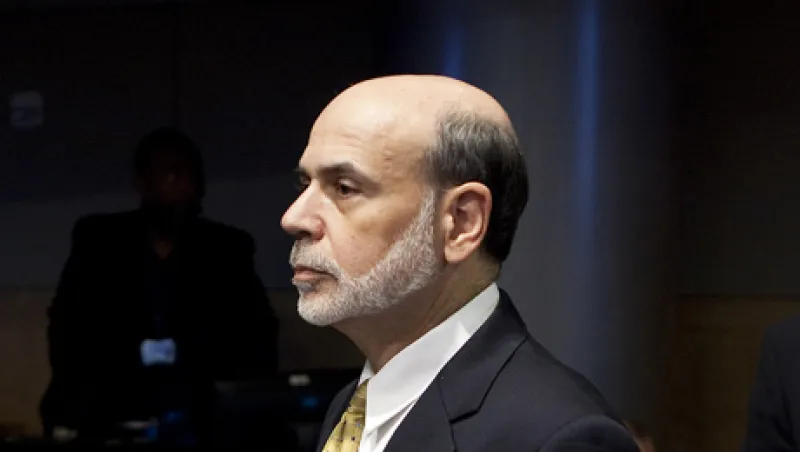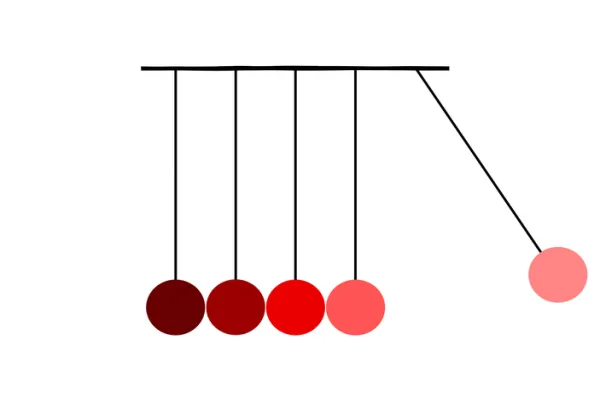The labor market is in even worse shape than economists expected. The Bureau of Labor Statistics announced on Friday that the U.S. created zero jobs during the month of August, the first zero reading since 1945. From a psychological standpoint, the “0” may be even worse than a job loss. It seems to reflect the current, seemingly unending, economic void. If the economy was actually losing jobs, at least it would be moving in a discernible direction.
Economists had expected a weak jobs report, but not this weak. The consensus estimate was for 68,000 new jobs, itself a weak number. The unemployment rate remained at 9.1 percent. The figures reflected a decline in government employment, as elected officials job cut at the state and local level. Private sector employment rose slightly, but that wasn’t enough to offset the public sector declines. A strike at telecom giant Verizon Communications, which has since ended, temporarily took wiped out 45,000 jobs. But even if those jobs had been counted, the gains would have lagged expectations and fallen far short of the job growth needed to heal the damage of credit crisis. In short, the August jobs report was a disaster, and a sign of deeper problems threatening the economy.
“We need to be creating hundreds of thousands of jobs a month to repair the damage of the credit crisis and the recession. And we are no where near it,” said Josh Feinman, global chief economist for DB Advisers, Deutsche Bank’s institutional asset management business. Is the U.S. effectively in a recession? Feinman says no. He still says the most likely outcome for the economy over the next four quarters is growth in the 2 percent range, as the temporary drags of higher oil prices and a supply disruptions in Japan fade into the past. But he said that even 2 percent growth is insufficient and that the risks to that forecast are rising as a result of the weak jobs market.
There’s no easy way out of the current economic malaise. The odds are rising that the Federal Reserve will move ahead on September 21 with some form of stimulus, Feinman said. The most likely outcome: the Fed will replace expiring short-term debt on its balance sheet with longer-term maturities. That will help push long-term rates even lower. They are already at a low level, hovering just over 2 percent. Pushing long-term rates into the 1.75 percent zone will help the economy just a bit and Feinman believes it is a step worth taking.
But no single action by the Fed or the administration is going to bring about a quick reversal of the economy’s fortunes and some fear that more fiscal stimulus carries the risk of inflation at some point in the future. But here are additional steps that the U.S. and international partners might help improve the domestic economy:
Unchain capital
“The problems with the economy aren’t monetary,” says Joe Carson U.S. economist at AllianceBernstein. He sad there’s little evidence that the economy is suffering from high interest rates, a lack of access to credit, or a shortage of liquidity. Carson suggests that the U.S. should forgo any additional rounds of quantitative easing, which so far have had a mixed record, helping to lower rates and boost equities while promoting higher commodity prices and a lower dollar, which have offset the benefits.
“Instead, you have got to have an administration that welcomes capital and encourages businesses to invest, instead of scaring it away, and that doesn’t kill businesses when they make a profit.”
Lawmakers and policymakers seem intent on weighing down businesses under a “mountain of regulation,” says Phil Phan, dean of the Cary Business School at Johns Hopkins University. Over the years, Washington, D.C., has become a plaintiff lawyer’s haven, and the growth of regulation of healthcare, the environment, energy and labor has skyrocketed, he said. There’s an atmosphere of “frustration and distrust” among people who would like to take the sort of risks that lead to job creation.
A Sounder Fiscal Policy
The economy would get a boost from a broad plan to reform the tax system and over the short-term and address fiscal drags such as the deficit over the longer term. A short-term focus on cost cutting and austerity would do more harm than good, but short-term stimulus can be coupled with longer-term deficit reduction, according to Feinman. “I don’t think it’s likely to happen, but it would help if it did,” he said.
Currency stimulus
The U.S. should prevail upon China and other trading partners in the emerging economy to allow their currencies to rise, according to Eric Lascelles, chief economist at RBC Global Asset Management. If China allowed the yuan to appreciate a bit more against the dollar, it would help make U.S. exports more competitive on the global market. “It is possible we might get a bit of currency stimulus,” Lascelles said.
Energy stimulus
At least some of the economic drag that the U.S. has suffered during the last few months can be attributed to higher oil prices. Oil prices have come down from their highs, and that should facilitate somewhat faster economic growth in the months ahead. Oil producing countries should cut oil prices even more to encourage economic recovery in the critical U.S. market. “If OPEC cuts oil prices by 10 percent now, it might save it from having to cut oil prices by 30 percent in the future, if the U.S. goes into recession,” Lascelles said.
The Gold Effect
The government still holds about half a billion dollars in gold, for no useful economic purpose. The U.S. abandoned the gold standard decades ago. Lascelles said it may seem to some like a “wacky” idea, but in a pinch the Treasury could sell its gold reserves and inject the cash into the economy. “It could finance another round of economic stimulus,” Lascelles said.






